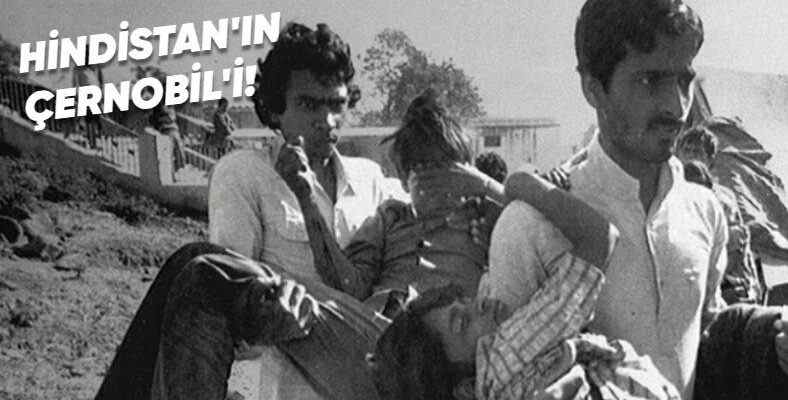In the 1980s, tens of thousands of people died on the spot as a result of an accident, such as a murder at a chemical factory in Bhopal, India. In the following years, hundreds of thousands more lives were ruined because of inhaling this poisonous gas. Let’s take a closer look at what the Bhopal disaster is and see the causes of this disaster.
We all remember the terrible disaster that took place at the Chernobyl Nuclear Power Plant near the city of Pripyat in the Ukrainian Soviet Socialist Republic in 1986, which even affected our country. Around the same time, a similar disaster occurred in Bhopal, India, in 1984. However this time it was not a deadly nuclear power plant, but a chemical factory. Negligence was the only reason the Bhopal disaster happened.
The chemical factory owned by an American company had already been operating without proper precautions since the day it was first opened. Due to the allegations that the factory would be closed, most of the security measures were disabled. Tens of thousands of people lost their lives on the spot due to the poisonous gas leaked from these negligences such as murder. What happened next could not have explained the extent of the disaster better. experienced in sight What is the Bhopal disaster Let’s take a closer look and see the causes of this disaster.
How did it all start?
In the 1970s, the Indian government initiated a series of incentive policies to attract foreign investors to the country. Under these policies One of the companies investing in the country is It was an American chemical manufacturer, Union Carbide Corporation. Partnering with Union Carbide India Limited, of which the government is also a shareholder, the company decided to produce pesticides, that is, a kind of pesticides that will destroy harmful organisms.
The best place for the production factory was Bhopal. Because the city has a central location and a good transport infrastructure. Work started immediately. However, the facility not as if a dangerous chemical would be produced. it was built as if light industrial products were to be made. The chemical formula of the product was not fully approved. As if it were not enough, both raw materials and products would be manufactured in this unsafe facility. So fire and gunpowder were side by side.
This factory in Bhopal continued to produce until the 1980s. However, when we came to 1984, the demand for pesticides had decreased. Because Indian farmers did not have the money to buy these products. For this reason, they decided to close the factory in July 1984. Chemicals in the facility would not be transported until the day of sale. Since the factory did not produce, security controls were almost non-existent. So he said disaster was coming.
Causes of Bhopal disaster:
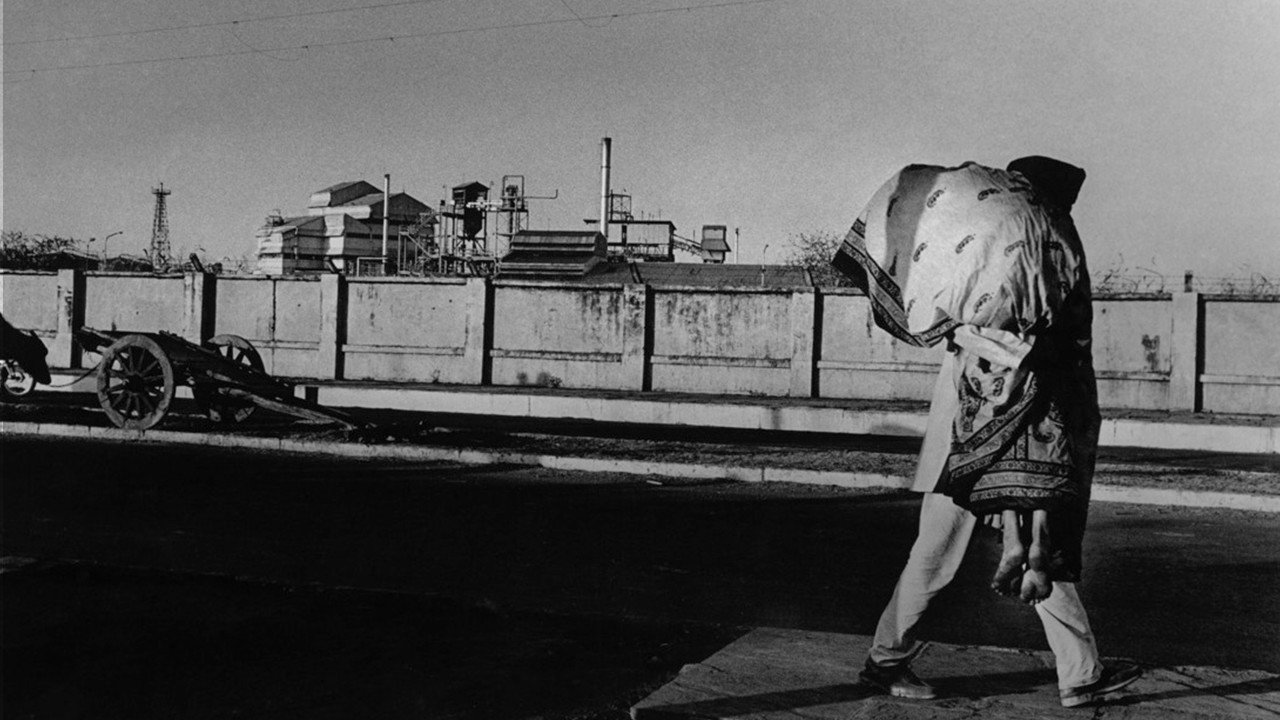
At around 11:00 pm on December 2, 1984, a large part of Bhopal’s population of close to 1 million was asleep. One of the operators at the plant detected a minor methyl isocyanate gas leak. There was also a pressure increase in a storage tank. Since the factory is not in active production Three weeks ago, one of the most important safety measures, the vent gas scrubber, had been disabled.
Because nothing was properly inspected at the facility, one of the malfunctioning valves had mixed pipe cleaning water with methyl isocyanate. Tons of coolant found to cool the storage tanks were pre-emptied. The pressure and temperature continued to increase because the gas flares would be activated. the security system had not been working for three months. Then, when one of the broken safety valves started to release methyl isocyanate into the air at around 1:00 am on December 3, the facility’s alarms finally began to sound throughout the city.
The Bhopal disaster caught people asleep:
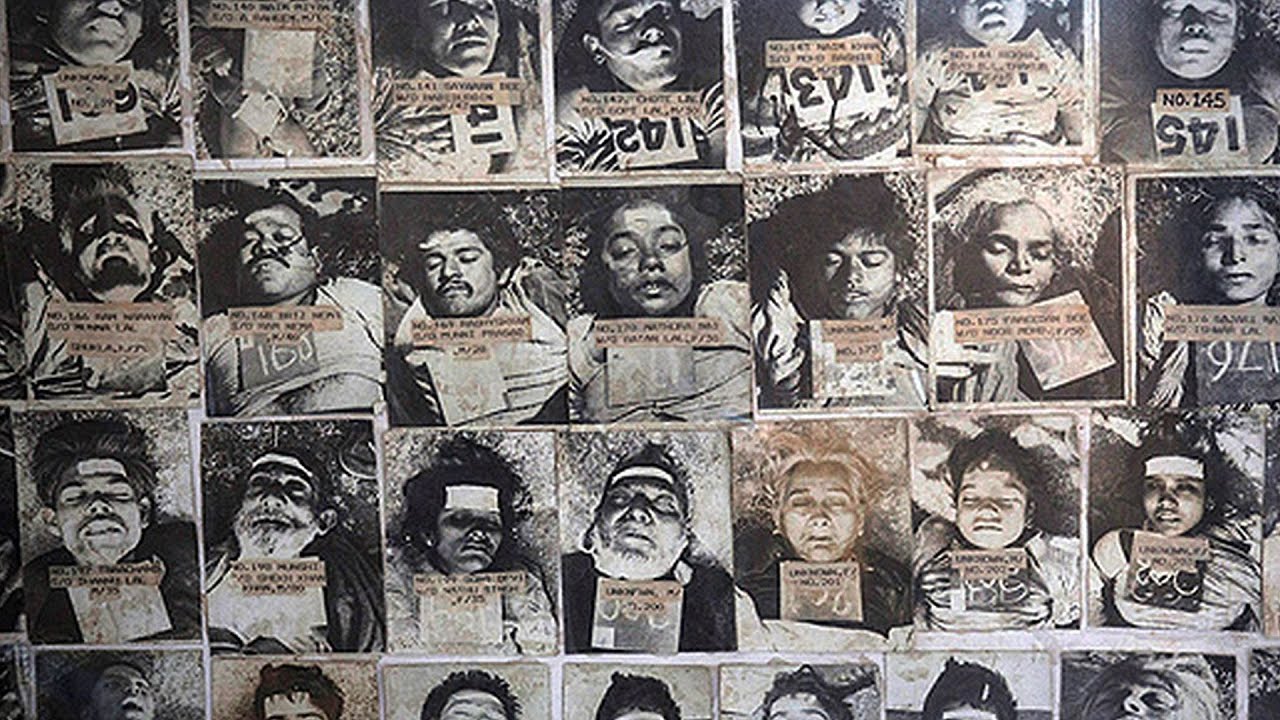
Just a few hours after the gas leak that started around 1:00 am at the chemical production plant The streets of Bhopal were full of lifeless human bodies and corpses of cows, cats, dogs, birds. The slum right next to the Union Carbide Corporation factory had suffered the greatest loss. According to the first determinations, 3800 people had lost their lives on the spot.
Hospitals were overflowing, aid teams were coming to the region from all over the country. In Bhopal, where there was a complete life market, the number of people who lost their lives in the first few days reached 10 thousand. Deaths during the year are 15 thousand, due to gas leaks in the following years. The death toll reached 20,000. According to the figures published by the Indian government, the number of people who became disabled, died and struggled with diseases due to the Bhopal disaster is more than 500 thousand. After the disaster, hundreds of thousands of people had to leave the city. The number of disabled children born to women affected by the gas leak at that time continues to increase even today.
What happened after the Bhopal disaster?
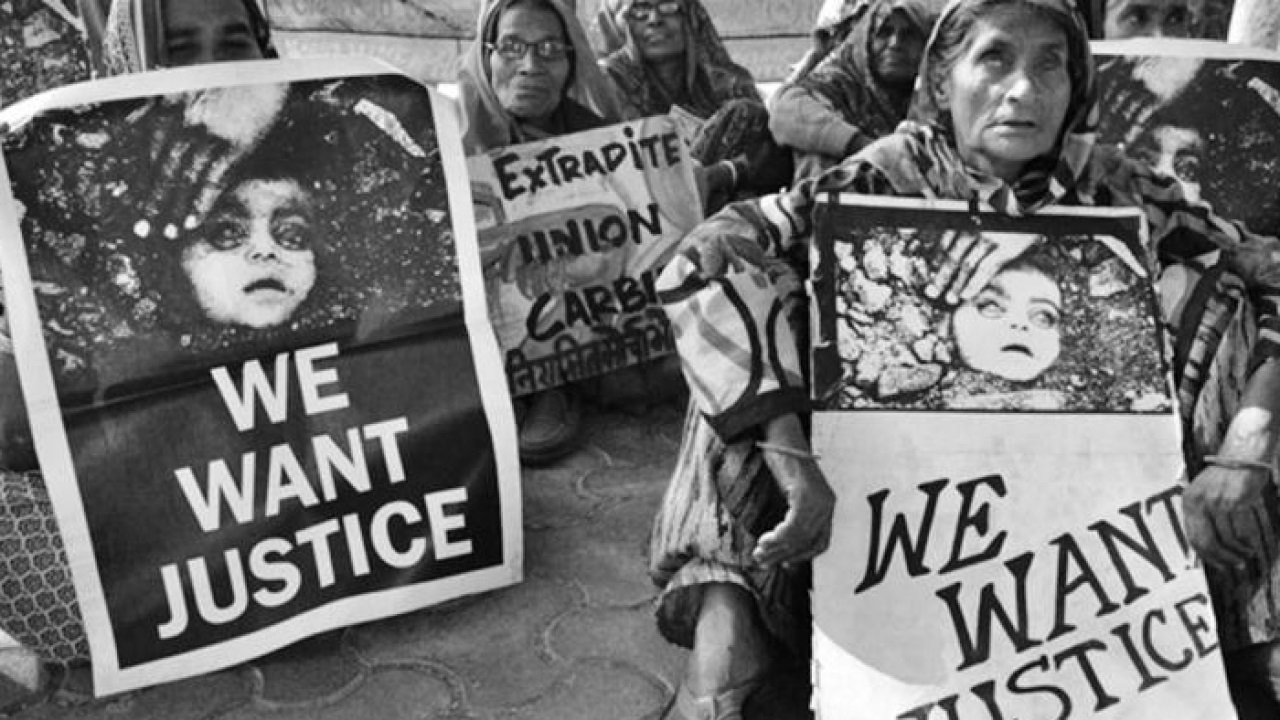
Union Carbide Corporation, the number one responsible for the Bhopal disaster, of course, like all American companies that produce in third world countries under inhumane conditions. he did not accept any responsibility by doing his best and put all the blame on the domestic Union Carbide India Limited company, which has some stake in the project. They claimed that terrorists did this, that those who did not work, sabotage their jobs, and much more. Of course, none of them have been proven to be true.
In March 1985, the Indian government enacted a law called the Bhopal Gas Leak Disaster Act, announcing that the state would legally represent the victims of the Bhopal disaster. Eventually, the Union Carbide Corporation accepted moral responsibility and to be given to disaster victims He paid $470 million in compensation to the Indian government. It is said that the company would have paid more than $10 billion in damages if such a case had been brought before the United States courts.
According to the Bhopal Gas Tragedy Relief and Rehabilitation Agency in October 2003 compensation was paid to 554,895 people for injuries and 15,310 for deaths. The amount paid by the families of the deceased was a tragicomic figure of 2200 dollars.
Even more tragicomic was that the Union Carbide Corporation only accepted moral responsibility. I mean, he had only paid this money, so to speak. Years later, they made up false scientific data that they were not guilty of the disaster, that the raw material was broken, that there were heating problems, that the employees were at fault, and many more lies. Each claim of the company was denied one by one.
Bhopal people still coexist with chemical waste:
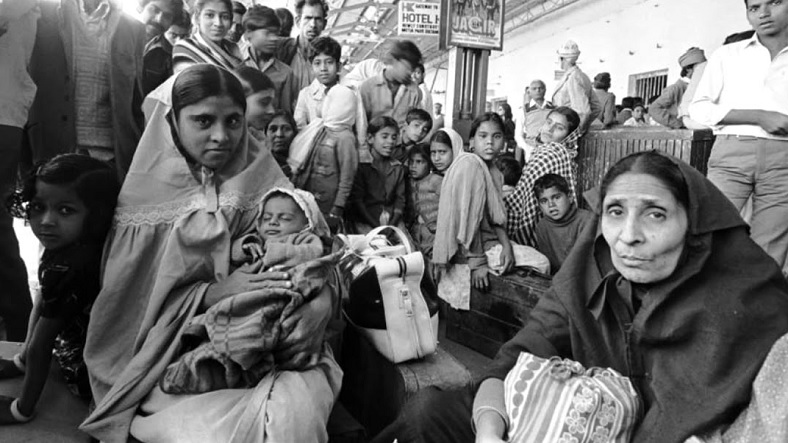
After the disaster, Union Carbide Corporation hurriedly shut down the plant. Facility closed but tons of chemicals and heavy toxic metals are still there. Moreover, even if it is not dense, it still continues to leak gas. After the disaster, the Indian government established a Ministry of Environment and Forestry and enacted an Environmental Protection Act. However, we know that even today this law only lays down figurative rules.
Experienced in India reminiscent of the Chernobyl disaster What is the Bhopal disaster, what are its causes We talked about the details you need to know about the subject by answering frequently asked questions. We would like to say that companies no longer ignore human life to earn a little more, but we still see people all over the world dying or maimed due to negligence such as murder. You can share your thoughts on the subject in the comments.
RELATED NEWS
